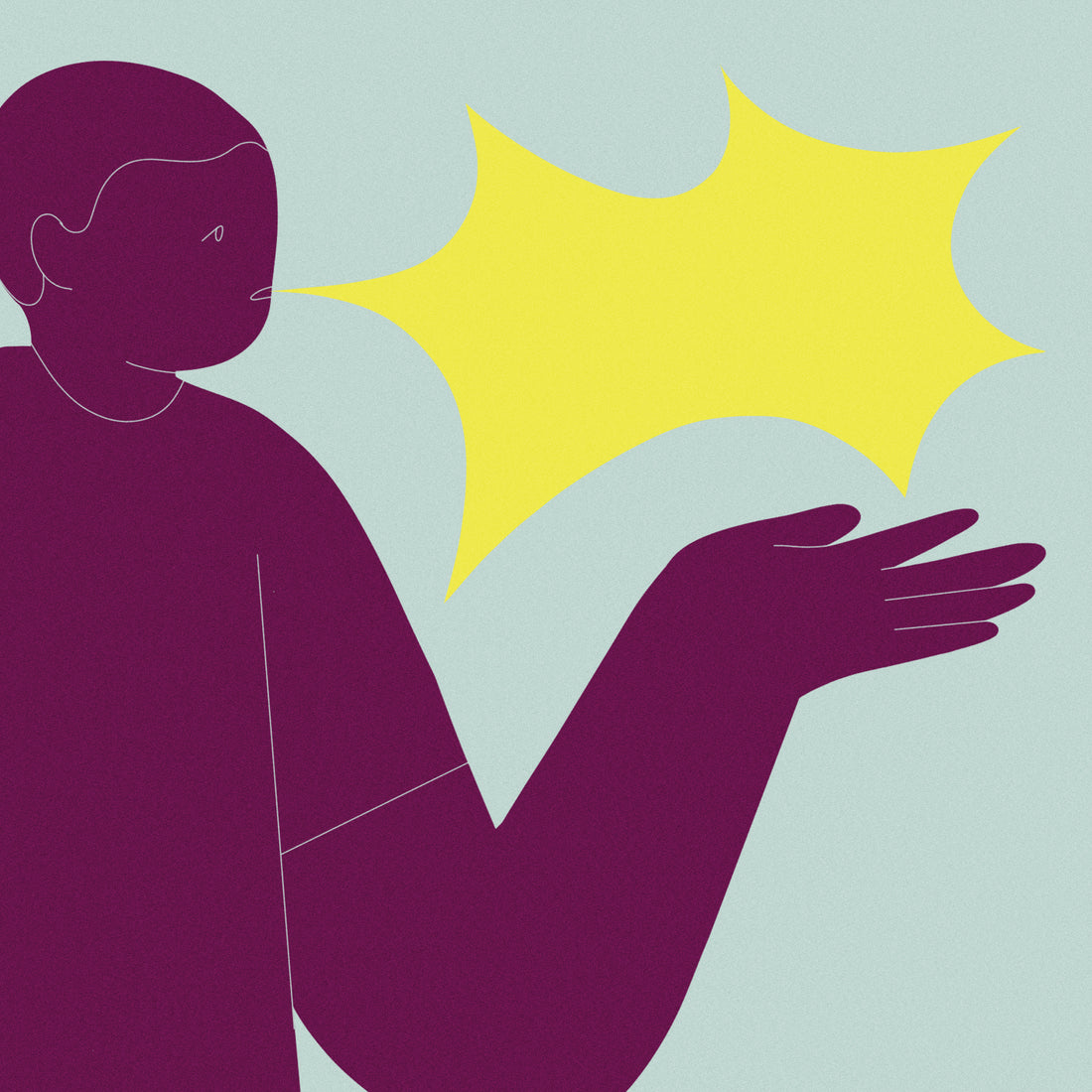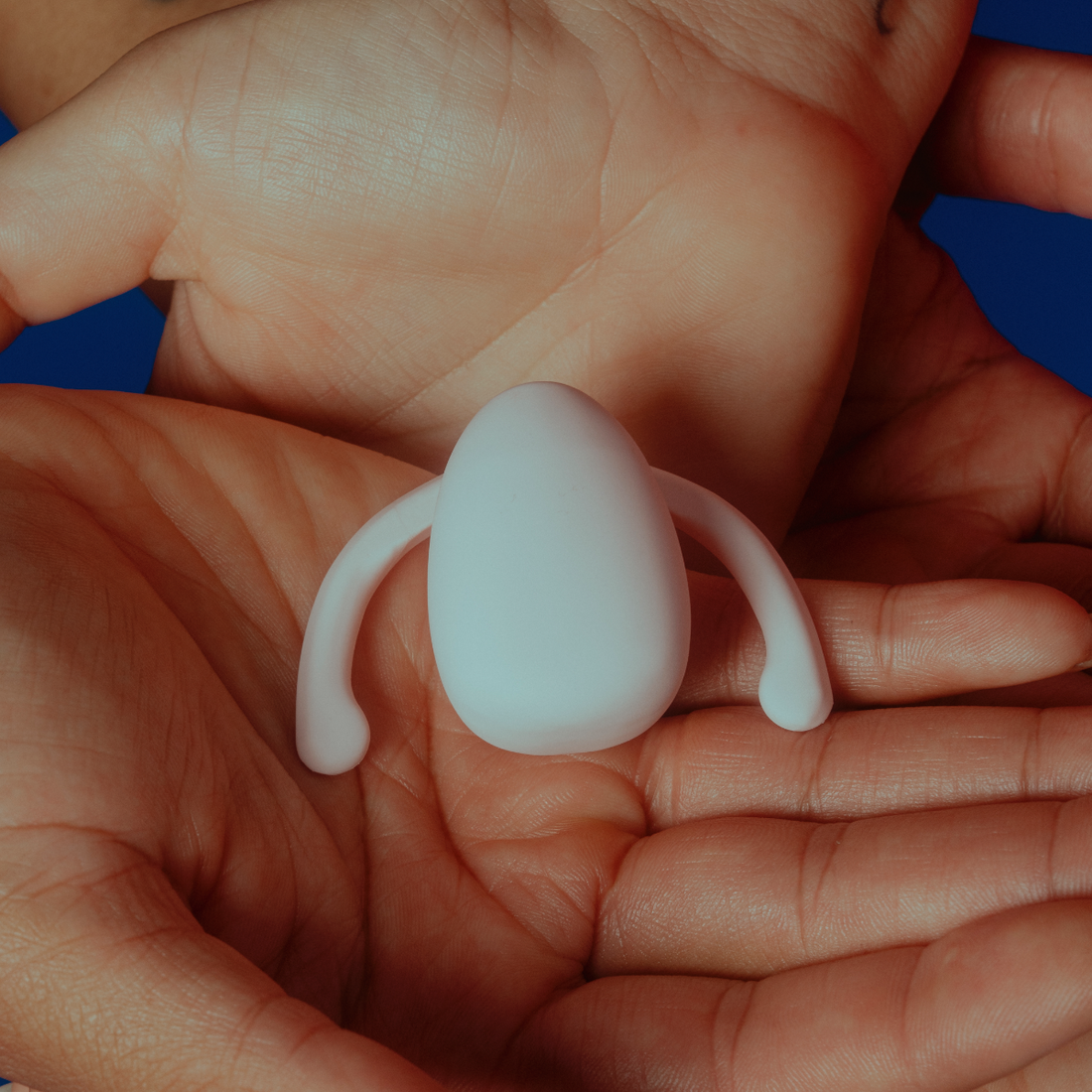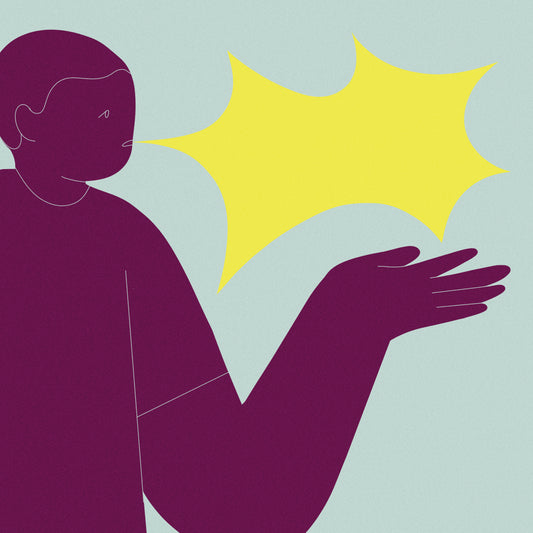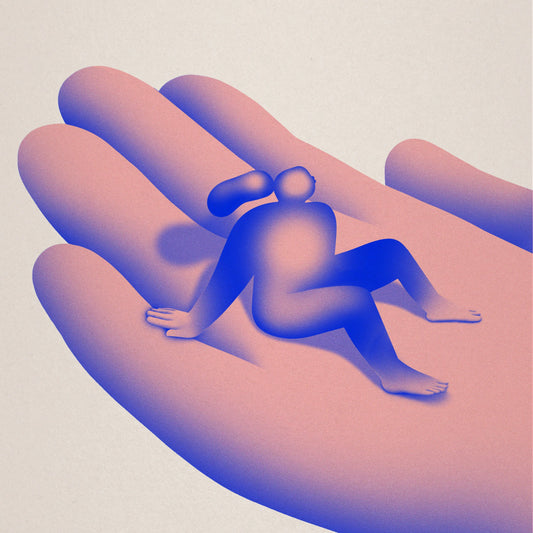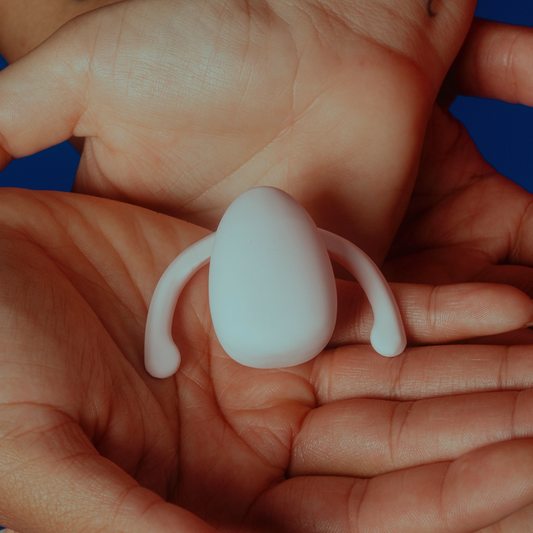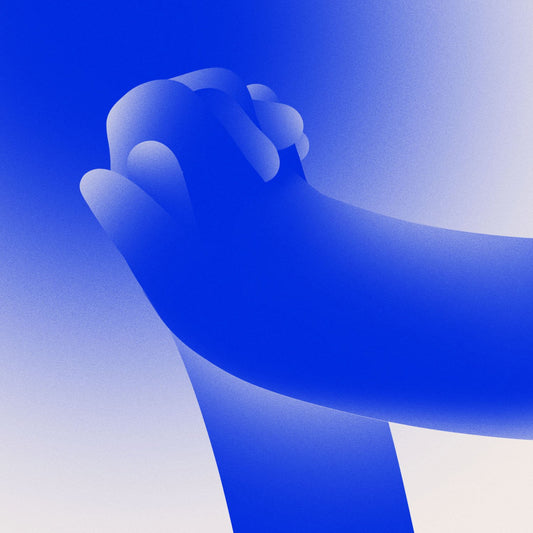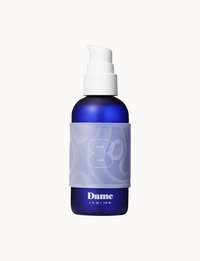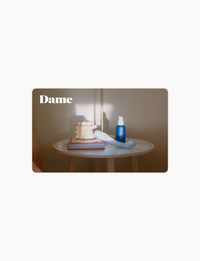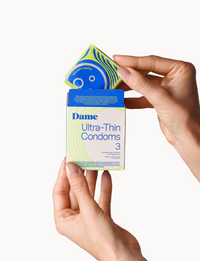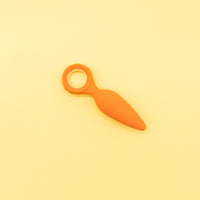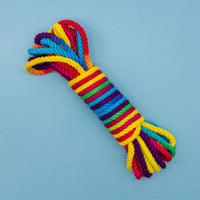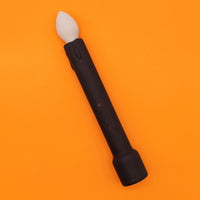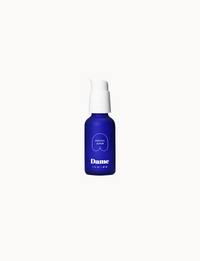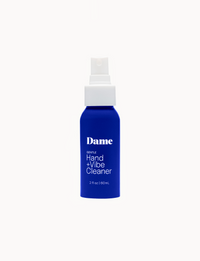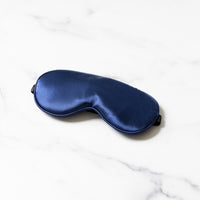My sex drive used to be great. My partner would give me "The Wink" and boom, I was stripping off my undies and desperate to have sex right here, right now. These days I choose Netflix over naked. Am I broken?
I look at the couple on my screen. Even online I can see they are tensed, eyes strained, as they wait for me to diagnose their relationship as an abject failure. Instead, I utter the three most powerful words in a sex therapist’s arsenal: “You are normal.”
Jose and Talisha*, like so many of us in long-term relationships, believe they should be instantly turned on by the slightest touch or look. They’ve been told that is normal. But it’s not. There are some longstanding myths about sex that seem to stick around like cockroaches after the apocalypse. It is time for us to crush them.
Myth #1: Sex is a "drive"
I work with so many couples in my online relationship program that share variations of one major complaint:
Something’s wrong with my sex drive. Javin wants sex way more than Melanie. Samson wants sex in the morning, but Hikiro wants sex at night. Simon and Cynthia never want sex at all. So many other couples tell me their sex drive feels non-existent when stress, kids, menopause, or erection changes kill their
desire.
Oh, the tyranny of the belief that we should all have a great sex drive pretty much all the time. No, we shouldn’t.
In fact, sex is not a drive.
Basic biology teaches that a drive is a physical need that must be met or we will die. If you don’t drink water, you die. If you don’t eat, you die. Hunger and thirst are drives. Sex isn’t.
If you don’t have sex, you don’t die. Yes, there may indeed be a biological need to mate and ensure survival of your gene pool, but the belief that you “have a sex drive and it’s broken” can get in the way of you enjoying a rich and passionate sexual life.
Look at it this way. Most of us have experienced the marvelous feeling of “falling in love.” The biochemistry of lust creates urgency, a hunger for contact, for touch, and for sex. We feel excited, focused, and yes, horny. Experts call this experience
spontaneous desire. I have a sexy thought. You kiss me or your fingertips brush my wrist, and I am quickly and urgently sexually aroused. Yum. This type of desire
feels like a drive, but it is not. It is a temporary state of emotional and physical excitement. Over time, for the majority of couples, spontaneous desire wanes. Our appetite subsides, and we can go weeks, even months, without wanting to devour our sweetheart.
Myth #2: If I don’t feel like jumping your bones, our relationship is in trouble
The first thing I teach Jose and Talisha and all the other couples in my program is my model of the
three keys to passion: intimacy, thrill, and sensuality. I reassure them that the exciting feeling of
spontaneous attraction and arousal—what I call thrill—is the most difficult passion key to sustain in long-term love. Regardless if you are in a male body or a female one, no matter whom you love, the crazy lust of early days tends to fade over time as you move from pursuing a mate to nesting with that mate. (So, you are normal, remember?)
What might happen if you decide to keep kissing whether you feel turned on or not?
Couples get into trouble when they expect lust to last. When lust doesn’t show up on demand, they assume they are not attracted to their partner anymore. This is not true. Couples need to understand that there is a second way they can become turned on, which experts call
responsive desire.
This is sexual desire and arousal that arise in
response to circumstances or context. For example, when you first kissed your person in those early days, you felt turned on with almost no effort. But after years of kissing them, the quick rush of lust—
spontaneous desire—is as rare as your teenager saying “hey, how about I clean out the garage for you today?” I mean, it might happen, but you shouldn’t count on it.
So, when you kiss your sweetie, you might think “That was nice,” then reach for the remote. But what might happen if you decide to keep kissing whether you feel turned on or not?
According to the research on
responsive desire, you can choose to start making love and trust that desire will arise—not instantly, but in
response to a number of stimuli. There are multiple reasons for making love; being horny is only one of them. What about beginning the sexual dance to seek emotional closeness or the relaxation that follows orgasm, or because you believe regular sex is important? I call my online couples immersion program
Be
come Passion for a reason. Instead of waiting for passion, choose to create it and
become the passion you seek.
Many of us
believe exercise is important. Do you go to the gym because a
spontaneous desire to sweat in spandex sends you running for that kettlebell? Of course not. Yet you still choose to go.
Jose and Talisha are relieved to hear they are not doomed to a sexless marriage. They commit to making their sexual life more intentional by following the Passion Plan I help them create. More on that in the next article. For now, take heart.
Responsive desire suggests you treat your sexual life like the gym. Go because you know it’s good for you. Get your sweat on and make an effort. Most important? Do it regularly, and you’ll always be glad you did.
Myth #3: I should only initiate sex when I’m in the mood
Terry*, a student in my online Become Passion immersion program, put it this way: “When my sweetheart initiates, I eventually get into it. But why don’t I ever think to start sex? It’s like it’s never on my mind…”
Terry is treating his sexual life like an old car. Here’s what I mean. Recently, I purchased a little red Miata. When I gently caress the gas pedal, I love the feeling of immediate response. My sports car is like a great lover: it is thrilling, it is fun, and it feels good. But as time goes on and my new toy gets a few scratches, the novelty wears off. I start to take my ride for granted. It sits in the garage, and unless I think about it, grab the key, and go turn on the engine, we won’t be hugging any curves together. My
spontaneous desire to drive my Miata has gone way down.
Great couples make their love life a hobby. They choose to make passion a priority.
Hang on, Cheryl, what do lust and sports cars have in common? I’m glad you asked. Let me teach you about what I call the
two keys to your erotic engine: desire and arousal.
-
Desire is the mental aspect of sexual motivation. For example, you might create a fantasy and imagine touching your sweetheart or making love, or you might decide it would be nice to carve out an hour so you can connect erotically. These thoughts motivate you toward your partner.
-
Arousal is the physical aspect of being turned on (e.g., lubrication, engorgement, yummy tingles, perky nipples). It’s the physical motivation to begin sexual connection.
“Now here is the cool thing,” I tell Terry, and all the other couples in my program. “Either key, the desire key or the arousal key, can start your erotic engine.” Since Terry does not easily experience much spontaneous
physical arousal, I coach him to cultivate the
mental desire key and use his head to get into bed. He feels empowered by this knowledge, and for the first time in years, he begins to
initiate lovemaking even when he is not in the mood. Here’s how he does it.
He tells me, “When Erin wants to make love in the evening, I am not into it at all. I’m thinking about work and distracted by chores and… just really not present.” So I help him plan for passion. He decides that he will take a long steam shower after work, relaxing his muscles and slowing his busy mind. Then, he imagines how nice it will be to lay down with Erin and entwine naked bodies. “I still may not be actually horny at this point, but I am at least mentally interested in the idea of being sexual, you know?”
I do know. As sex educator Emily Nagoski says, desire is curiosity. Terry is deliberately choosing to think about sexuality instead of waiting around for a great sex life to find him. He learns that sex is not a drive, but that his inherent sensuality is like a beautiful vehicle sitting in the garage gathering dust. And he had the keys.
Not in the mood? Don’t let that stop you from taking a spin with the wind in your hair, because great sex is all in your head.
Myth #4: Planning is unsexy
As Jose and Talisha work with me through my Become Passion program I have them and all the couples create what I call a Passion Plan. Why?
Because great couples make their love life a hobby. They choose to
make passion a priority. They invest time in their relationship, they set goals, and they stop taking their love life for granted. By the end of my program Jose and Talisha have each created some daily, weekly, monthly, and annual Passion goals. For example, they commit to kissing goodnight with tongue. Talisha vows to schedule a fun date out of the house, no kids every Sunday. Jose commits to learning more about
tantric lovemaking and says he will bring some new moves to bed. They agree that once every year they will take a romantic vacation to somewhere with sun and sand. Their goals are specific and they pledge to keep each other accountable. I am there to help make sure they do.
I think each of us should ask ourselves: How hard am I trying to create a fantastic relationship? Because great love and passion are not an accident.
Exceptional couples are just like you except they learn the keys to relationship success and then they use them. So let’s all commit to keeping our motors running—one gesture, one hug, one touch at a time.
A version of this article originally appeared as a two-part series on the Gottman Institute’s blog and was reposted with permission.

